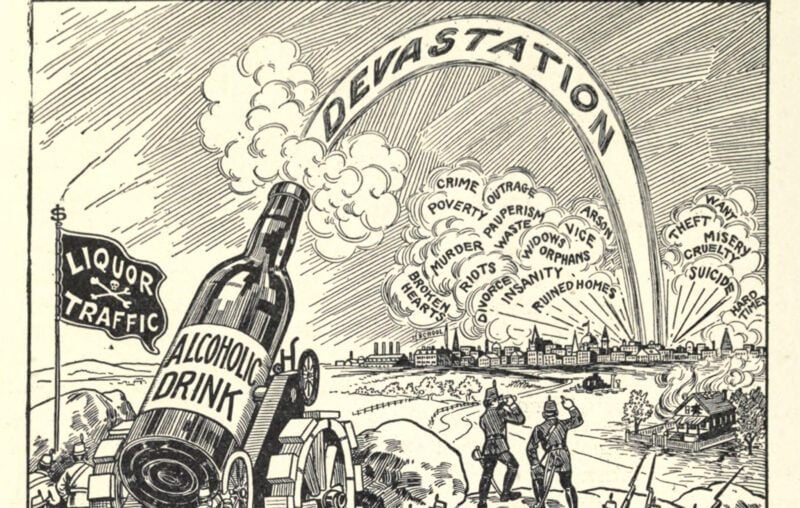From 1920 to 1933, the United States imposed a nationwide constitutional ban on the manufacture, importation, transportation, and sale of alcoholic beverages. But did you know how the wealthy pulled through during the prohibition?
Buying or selling alcohol was illegal in the United States during Prohibition, but drinking it was not. Before it passed, some wealthy people purchased entire liquor stores to ensure they had enough alcohol to drink.
Drinking During Prohibition
The 18th Amendment prohibited only the manufacture, sale, and transportation of intoxicating liquors, but not their consumption. By law, any wine, beer, or spirits stored away by Americans in January 1920 were theirs to keep and enjoy in the privacy of their homes.
Most people only bought a few bottles, but some wealthy drinkers built massive wine cellars and even purchased entire liquor store inventories to ensure they had a healthy stockpile of legal booze. (Source: History)
Was Alcohol Prohibited in All States?
The 18th Amendment and the Volstead Act mandated that individual states enforce Prohibition within their borders and create an army of federal agents. Governors resented the additional strain on their public coffers, and many failed to appropriate any funds for policing the alcohol ban.
Maryland never even enacted an enforcement code and became known as one of the most staunchly anti-Prohibition states in the Union. Following suit, New York repealed its measures in 1923, and other states became increasingly lax as the decade progressed.
National prohibition went into legal effect upward of six years ago, but it can be truly said that, except to a highly qualified extent, it has never gone into practical effect at all.
William Cabell Bruce, Maryland Senator
How Did Distilleries Stay in Business During the Prohibition?
While many small distilleries and breweries operated secretly during Prohibition, the rest were forced to close their doors or find new uses for their facilities. Yuengling and Anheuser Busch converted their breweries to make ice cream, while Coors expanded its production of pottery and ceramics.
Others made near beer, a legal brew with less than 0.5 percent alcohol. Most brewers survived by selling malt syrup, a legally dubious extract that could be easily converted into beer by adding water and yeast and allowing time for fermentation. Winemakers took a similar approach, selling wine bricks, chunks of grape concentrate. (Source: History)
What was the Role of Fake Booze During the Prohibition?
During Prohibition, enterprising bootleggers produced millions of gallons of bathtub gin and rotgut moonshine. This illegal booze had a notoriously foul taste, and those desperate to drink it risked being blinded or poisoned.
The most lethal tinctures contained industrial alcohol, originally used in fuel and medical supplies. As early as 1906, the federal government required companies to denature industrial alcohol to render it unfit for consumption. Still, during Prohibition, it ordered them to add quinine, methyl alcohol, and other toxic chemicals as an additional deterrent.
When combined with other low-quality products available from bootleggers, this tainted booze may have killed over 10,000 people before the repeal of the 18th Amendment. (Source: History)
Image from Aier
